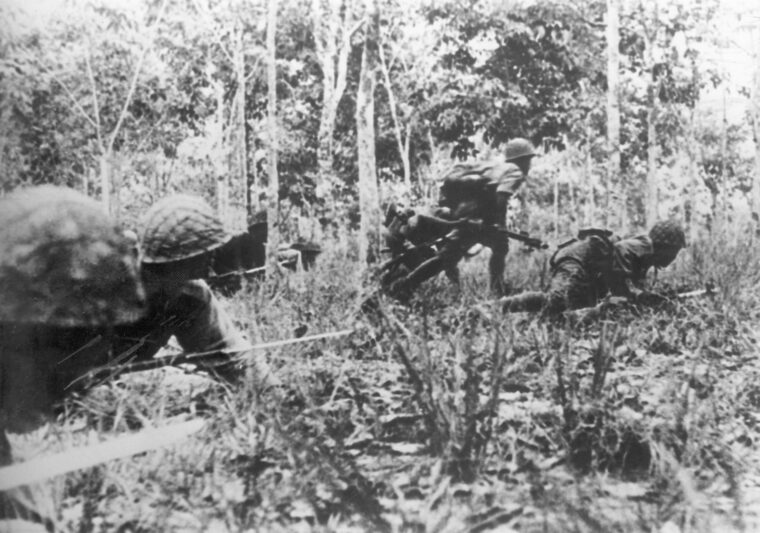
WWII Quarterly Winter 2017
Imphal: Battle Royale at the Gateway to India
By John BrownAt the beginning of the battle for Imphal and Kohima, a Japanese Order of the Day instructed the troops: “You will fight to the death. Read more

WWII Quarterly Winter 2017
At the beginning of the battle for Imphal and Kohima, a Japanese Order of the Day instructed the troops: “You will fight to the death. Read more
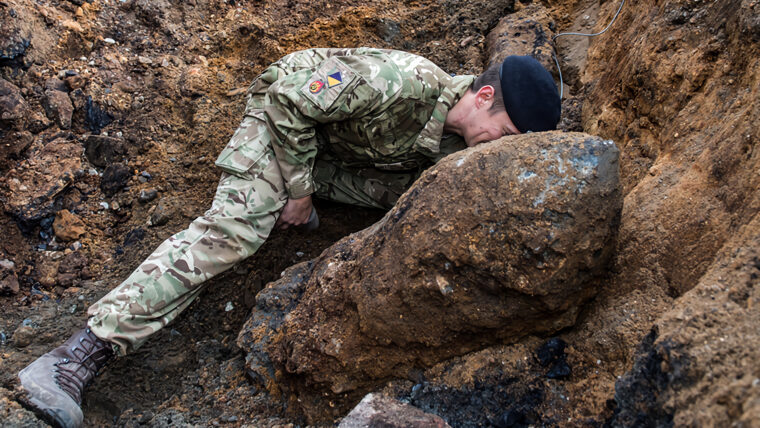
WWII Quarterly Winter 2017
For the most part, World War II left the U.S. and Canadian homelands physically untouched. There were a few incidents of sabotage and a few small-scale attacks, such as a Japanese submarine’s shelling of an oil refinery in southern California and balloon bombs launched from Japan that floated over the Pacific and set fires in the western United States and Canada. Read more

WWII Quarterly Winter 2017
In the heart of Pennsylvania, not far from the Civil War battlefields of Gettysburg, stands the U.S. Read more

WWII Quarterly Winter 2017
When Maj. Gen. Curtis Lemay, the hard-driving commander of the Twentieth U.S. Air Force based in Guam, decided to change tactics in early 1945 to boost the effectiveness of the B-29 Superfortress, it was the Bell Aircraft plant in Marietta, Georgia, that ultimately provided him with the stripped-down bombers that played such a key role in ending the war in the Pacific. Read more
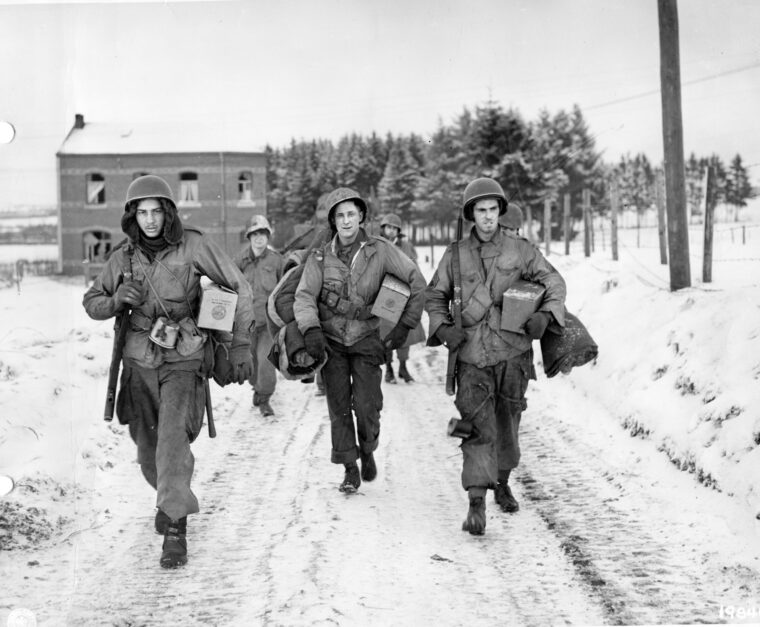
WWII Quarterly Winter 2017
“DON’T WORRY, GUYS––the Airborne is here!” shouted Private Howard Buford to the worn-out GIs he and his fellow paratroopers passed on the snowy road through Bastogne in the early hours of December 19, 1944. Read more
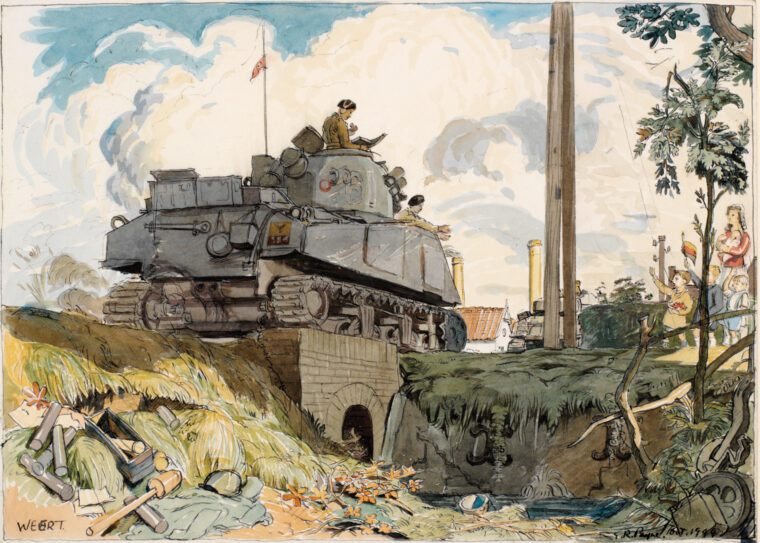
WWII Quarterly Winter 2017
Before World War II, the Belgian port city of Antwerp was one of the world’s great ports, ranking with those of Hamburg, Rotterdam, and New York. Read more
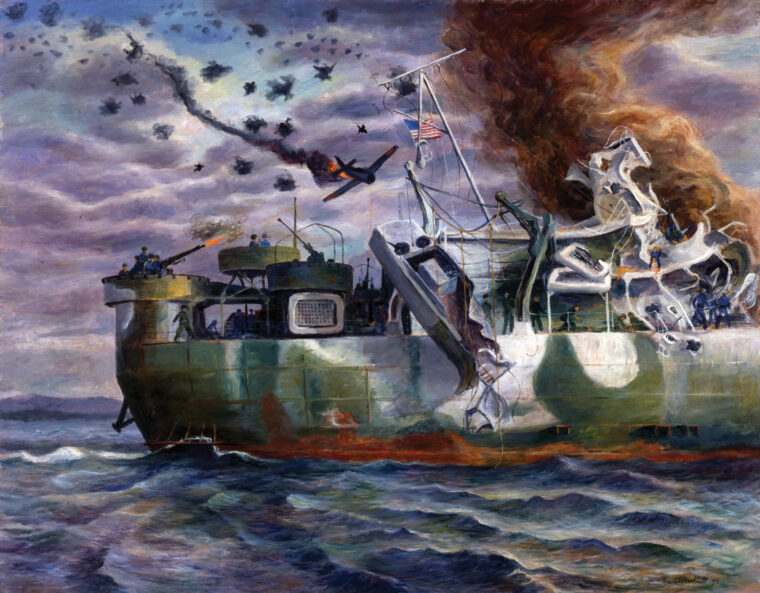
WWII Quarterly Winter 2017
They knew they were coming. They had been waiting for days, expecting at any minute to be rushed to battle stations, but for days nothing much had happened. Read more
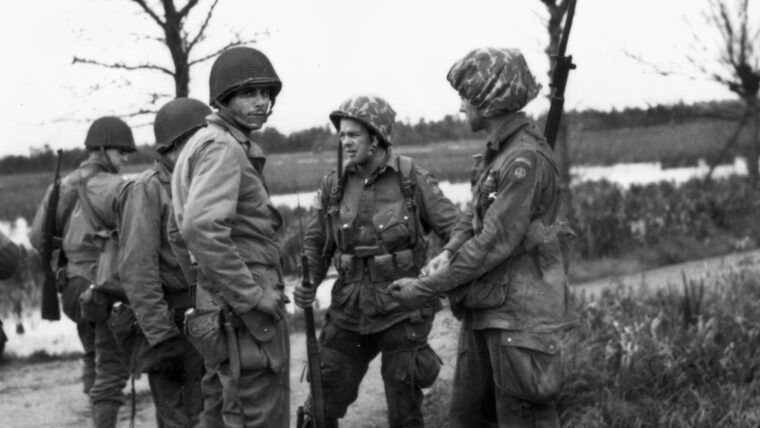
WWII Quarterly Winter 2017
When we remember the 13,000 paratroopers and glider infantrymen who contributed so significantly to the hard-won success of June 6, 1944, we tend to remember the stories that leave us with something to admire. Read more
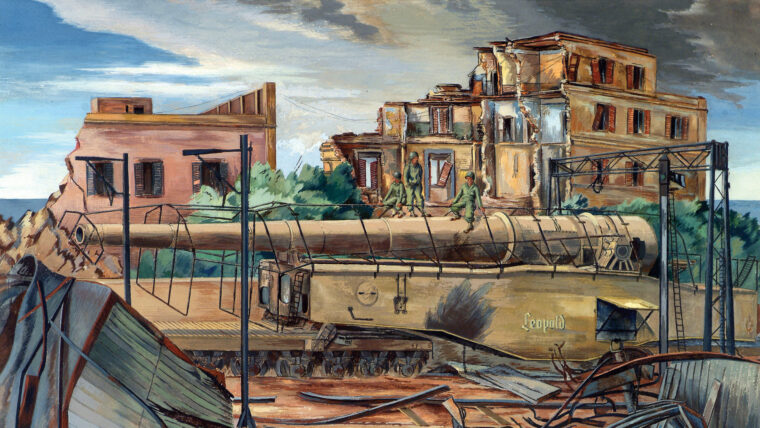
WWII Quarterly Winter 2017
As the last days of 1943 slipped away, World War II in Italy ground to a miserable stalemate. Read more